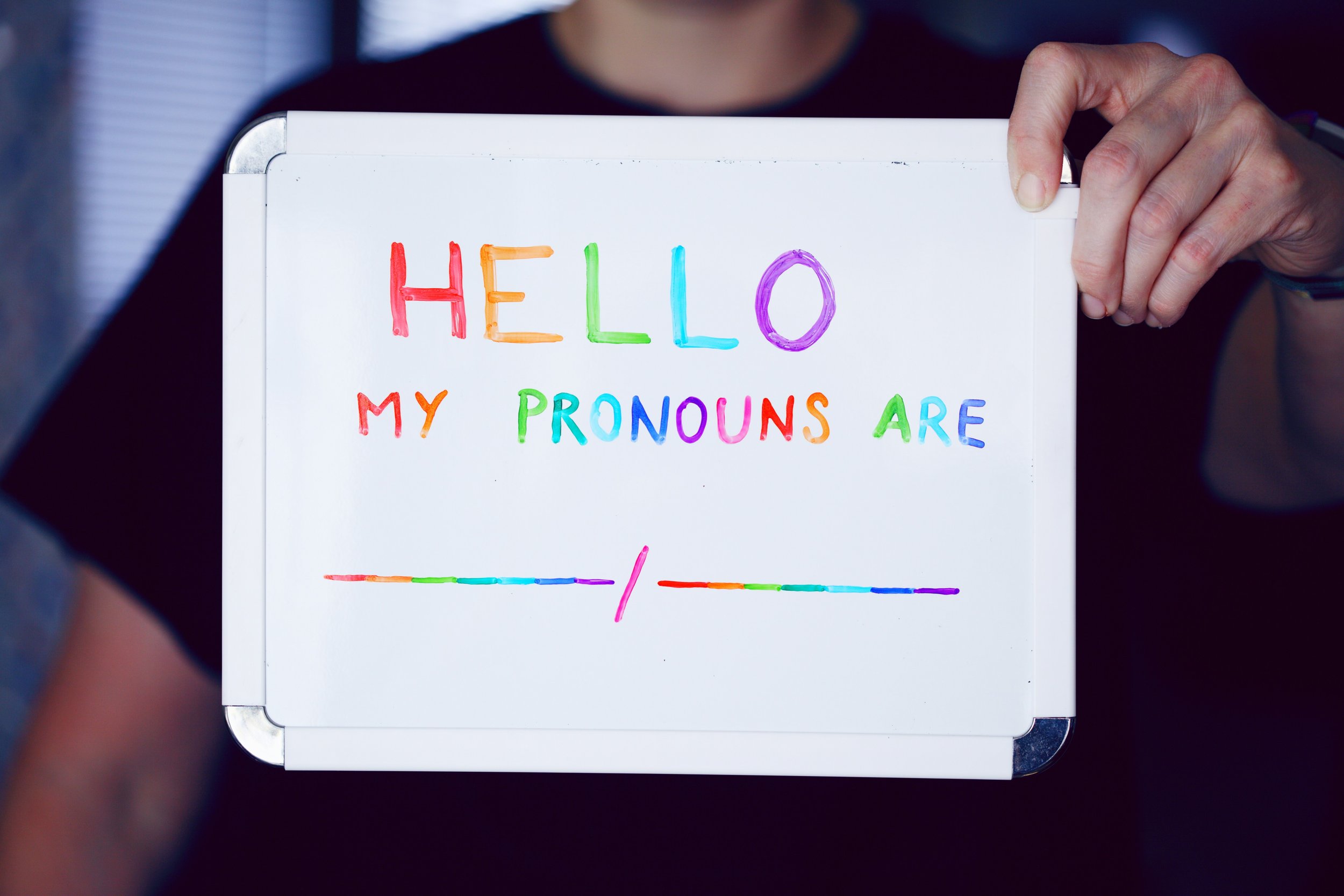Harassment by Any Other Name: The EEOC’s Guide to Recognizing Workplace Abuse
While the ink is barely dry on the EEOC’s final rule implementing the Pregnant Worker Fairness Act (PWFA), today, the EEOC released its final guidance on workplace harassment, the first update in 25 years.
It was time. Issued in 1999, the EEOC guidance on workplace harassment needed a facelift.
The guidance explains the different ways workplace harassment can occur - whether in-person or through online communications.
In addition to addressing systemic harassment, the EEOC breaks down the guidance into three parts:
bases for the claim and whether the conduct was based on a person’s legally protected characteristic under federal anti-discrimination law (because not all workplace conflicts rise to the level of harassment under Title VII);
whether conduct constituted or resulted in discrimination as to a term or condition of employment; and
potential employer liability.
Today, we focus only on an individual’s basis for a claim of harassment.
There’s so much to unpack here.
What Are The Big Ticket Items Here? Let’s Talk About Sex, Baby.
First, the EEOC addresses harassment based on race, color (with a particularly vile example), religion, age, disability, and national origin.
Then, it delves deeply into sex-based harassment. Following the U.S. Supreme Court case Bostock v. Clayton County, which I wrote about here, the EEOC emphasized that harassment included conduct based on sexual orientation and gender identity.
As a reminder, in Bostock, SCOTUS determined that an employer who fires or takes an adverse action against an individual merely for being gay or transgender violates Title VII of the Civil Rights Act of 1964 (“Title VII”).
The EEOC included examples of harassment, including repeatedly and intentionally misgendering employees.
Gender identity is a protected class under Title VII. Title VII prohibits this.This means that an employee cannot be discriminated against based on their gender identity, including their preferred pronouns.
Failing to use an employee’s preferred pronouns can create a hostile work environment and lead to discrimination and harassment.
Photo by Alexander Grey on Unsplash
Other examples of sex discrimination because of an individual’s sexual orientation or gender identity include “outing” a person (i.e., disclosing a person’s sexual orientation or gender identity without permission); harassing conduct because someone does not present in a manner that would stereotypically be associated with that person’s sex; or the denial of access to a bathroom or other sex-segregated facility consistent with the individual’s gender identity.
EEOC Commissioner Andrea Lucas was particularly perturbed about this last one. You can read the basis for her vote to disapprove of the final guidance here.
Anyway, helpfully, the EEOC provides a few examples of harassment based on gender identity. Here’s one:
Harassment Based on Gender Identity. Chloe, a purchase order coordinator at a retail store warehouse, is approached by her supervisor, Alton, who asks whether she was “born a man” because he had heard a rumor that “there was a transvestite in the department.” Chloe disclosed to Alton that she is transgender and asked him to keep this information confidential. After this conversation, Alton instructed Chloe to wear pants to work because a dress would be “inappropriate,” despite other purchase order coordinators being permitted to wear dresses and skirts. Alton also asks inappropriate questions about Chloe’s anatomy and sexual relationships. Further, whenever Alton is frustrated with Chloe, he misgenders her by using, with emphasis, “he/him” pronouns, sometimes in front of Chloe’s coworkers. Based on these facts, Alton’s harassing conduct toward Chloe is based on her gender identity.
What About Pregnancy, Childbirth, and Other Related Medical Conditions?
Like the final rule implementing the PWFA, which I just wrote about here, the EEOC guidance states that sex-based harassment under Title VII includes harassment based on pregnancy, childbirth, or related medical conditions—including abortion.
Harassment on this basis could also include issues such as lactation; the use or non-use of contraception; or deciding to have, or not to have, an abortion.
The EEOC explains that harassment based on these topics generally would be covered if such conduct is linked to an individual’s sex including pregnancy, childbirth, or related medical conditions.
Employers, The EEOC Provided A Framework For Conduct It Wants To Eliminate From American Workplaces.
And, the EEOC includes ample case law to buttress its guidance. While EEOC guidance is not law, you will probably see plenty of this guidance in plaintiff’s lawyers’ briefs.
Your organization’s next steps should include a conversation with your employment lawyer to ensure that your policies, procedures, and management follow the EEOC’s guidance.
The employer to-do list I wrote about here should help.

